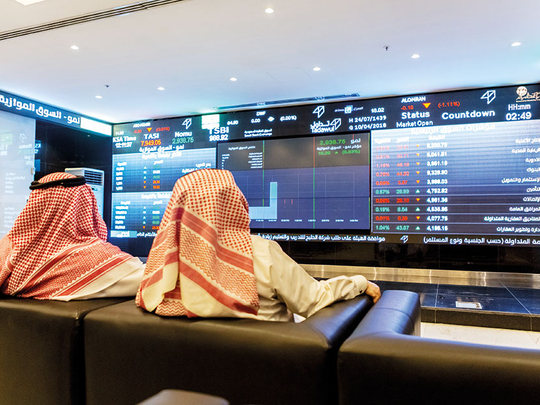
Dubai: Lack of investment options in the GCC is pushing money offshore.
The Middle East accounted for the largest quantum of wealth that was parked offshore in 2017, compared to other regions like Africa, Asia, North America, Europe, central Asia, Japan among others.
About 31 per cent of the wealth that originated from the Middle East was invested offshore, although the figure is expected to moderate to 25 per cent by 2022. This figure was compared with 25 per cent in Africa, and 23 per cent in Latin America, and was 7 times more than the global average of 4 per cent.
The amount of global offshore wealth held in 2017 was around $8.2 trillion (Dh30 trillion), 6 per cent higher than in the previous year in US dollar terms. Switzerland remained the largest offshore centre, domiciling $2.3 trillion in personal wealth in the country.
The next-largest booking centers were Hong Kong ($1.1 trillion) and Singapore ($0.9 trillion), which have grown at yearly rates of 11 per cent and 10 per cent, respectively — more than three times the rate (3 per cent) of Switzerland over the past five years. Net offshore inflows from 2012 through 2017 totalled over $800 billion, with Hong Kong and Singapore the key destinations.
High cash deposits
Opening up of regional capital markets, government efforts to get more companies listed on stock markets, changing regulatory environment that is compelling companies to look for alternate funding sources. In recent years, banks across Gulf countries have started implementing single party exposure limits that is forcing many companies to look for funding outside the relationship based bank financing.
“While equity and debt markets are being seriously pursued by GCC based companies for alternate funding, many are also seeking private equity deals trim non-core businesses to raise funds for expansion,” said Massi.
The relatively high cash deposits component in the Middle East portfolios is also largely attributed to lower availability of investment options. With the massive structural changes being implemented in the region’s economies, particularly in Saudi Arabia, this is likely to come down in favour of equites, bonds, investment funds, life insurance and pension funds.
The UAE and Qatar indices were added to the MSCI emerging market index in 2014, paving the way for billions of dollars in the form of investments in the country. The MSCI has also agreed to place Saudi Arabia’s Tadawul index in the gauge next year, which could potentially bring tens of billions of dollars into the country.
Tight regulations
Global tightening of regulations on offshore investments too are expected to slowdown outflows to offshore centres.
As the regulatory climate has tightened over the last decade, there have been significant flows back onshore. In the UAE, this is signified by the expected decrease in offshore assets of 6 per cent between 2017 and 2022.
In terms of growth trends in asset classes, at 15 per cent, equities and investment funds drove growth between 2016 and 2017 in the UAE. While currency and deposits grew 11 per cent, life insurance and pensions a 10 per cent and offshore at 2 per cent last year. As bonds experienced a significant global decline of 10 per cent in portfolios, in the UAE bonds grew by 1 per cent in the 2016 to 2017 period.
Looking to the future, growth by asset classes will experience a slightly slower, but steady growth in equities and investment funds at CAGR of 12 per cent, and currency and deposits at CAGR 9 per cent over the next five years. In the same period, other asset classes will experience a slight increase including life insurance and pensions at CAGR 11 per cent, offshore at CAGR 3 per cent, and bonds at CAGR 2 per cent.
While offshore share is expected to decline over the next five years from 30 per cent in 2017 to 24.1 per cent in 2022, it will continue to grow at a CAGR of 3 per cent to reach $140 billion in the UAE in the same period.












